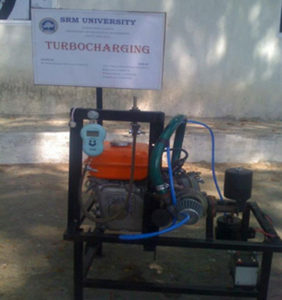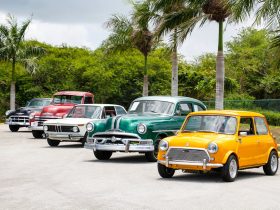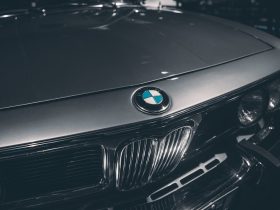ABSTRACT
The automobile air conditioning system utilizes the power obtained from the engine.
The air conditioner powered by the engine exhaust utilizes the energy of the exhaust gases
to run the compressor and recovers the waste heat. The exhaust gases run the turbocharger
which drives the compressor and the air conditioning is achieved. The objective is to utilize
the exhaust energy.
Key words: Air Conditioner, Automobile, Compressor, Engine, Exhaust Gas,
Turbocharger.
1. INTRODUCTION
The air conditioner works under vapour compression principle. The exhaust energy from the
automobile can be reused by utilizing a thermal system consisting of turbocharger and a turbine.
The power required for the air conditioner system is drawn from the engine, resulting in increased
fuel consumption. The fuel economy of a vehicle drops when the compressor is coupled to the
engine. So energy efficient air conditioning systems are getting attention from the automotive
industry to improve the fuel economy.
Kusztelan et al (2012) [1] using simulation performed a one-dimensional analysis on a series
of compression and spark ignition engines using single-entry turbocharger and modified twin entry
turbocharger. Engine performance comparison between single and twin entry turbochargers were
done in terms of torque and finally the twin entry turbocharger was found to give better results in
automobiles. Muqueem (2012) [2] suggested turbocharger with intercooler for better performance
of the air conditioner in automobiles. Akintunde et. al (2011) [3] studied the effect of diffuser and
sub cooling to improve the coefficient of performance of the air conditioner in automobiles and
reduce the power consumption and improve the overall performance. Rakopoulos et. al., (2004)
[4] concluded that intercoolers have a key role in controlling the cylinder combustion temperature
in a turbocharged engine. Ghodke et. al., (2012) [5] extensively studied the turbocharging of the
internal combustion engines for better torque and performance characteristics. Pundlik R. Ghodke
and J. G. Suryawanshi studied the advanced turbocharger technologies for diesel engine
performance [6]. S. Shaaban and J. Seume analyzed the turbo lag and engine volumetric efficiency
[7]. Vishal Seeburrun and Ramzy Gouda Abdel Gayed performed simulation on turbocharged
gasoline engine [8]. Yashvir Singh, Nishant Kr. Singh, Rakesh Prasad and Hemant Kr. Nayak
conducted performance analysis of supercharged two wheelers [9]. J Panting, K R Pullen and R F
Martinez-Botas improved the transient performance in an internal combustion engine [10].








Leave a Reply